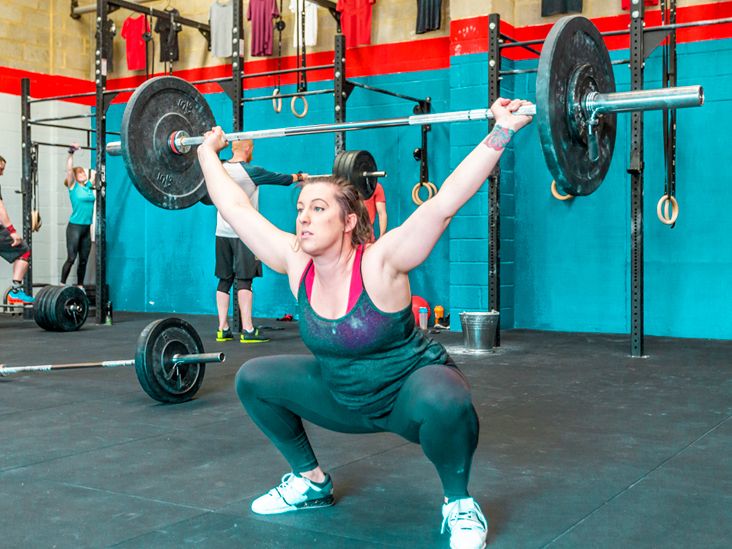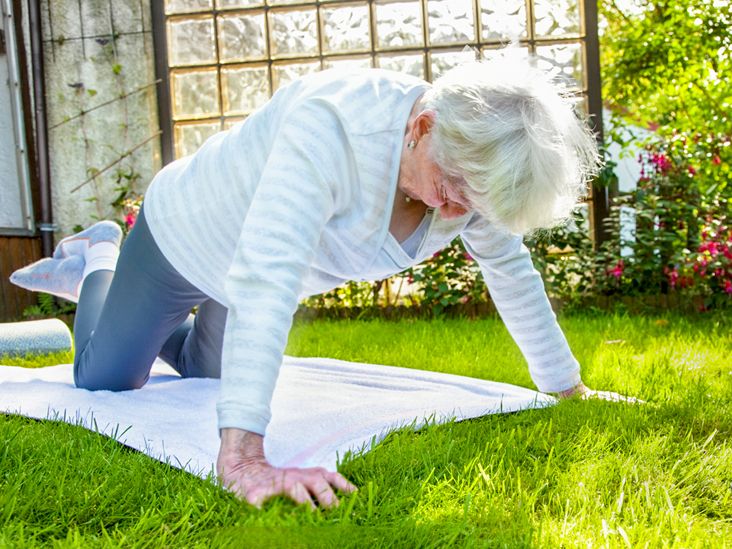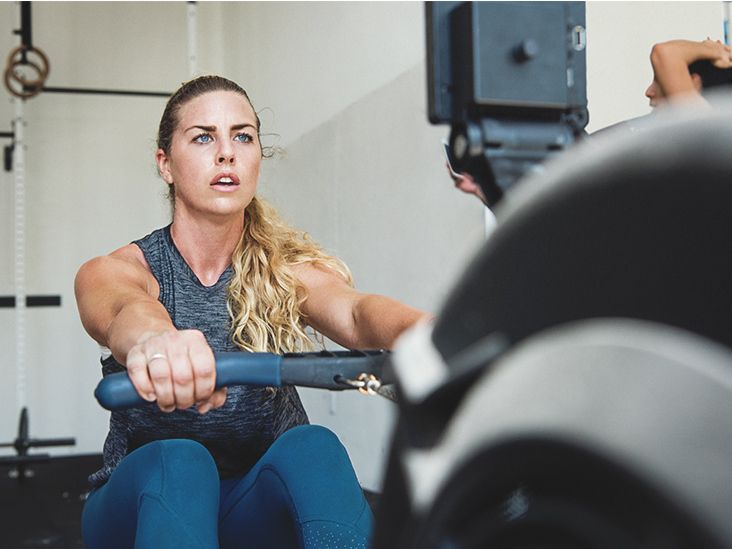Hiking is a highly beneficial physical activity that can help you burn calories. The number of calories you burn depends on factors like your weight and the steepness of the trail.
Hiking is an excellent way to stay physically active while enjoying the sights and sounds of nature.
Many people hike trails or paths for a few hours, though longer excursions can last days or weeks. The intensity varies based on the ruggedness of the terrain and other factors like temperature.
You may wonder how many calories hiking burns, especially compared with other forms of exercise like walking or running.
The figures used in this article come from the 2024 Compendium of Physical Activities. We also used a physical activity and calorie calculator from Cornell University to double-check the calories burned while hiking.
This article explains the number of calories that both casual and intense hiking burns.
The number of calories you can expect to burn hiking depends on a variety of factors, particularly your body weight and trail grade (the steepness of the path).
This table estimates the number of calories burned per hour based on body weight and trail grade at an average walking speed of 2.9 to 3.5 miles per hour (mph) — that’s 4.7 to 5.6 kilometers per hour (kph):
| Body weight | 1% to 5% grade | 6% to 15% grade |
|---|---|---|
| 120 lb (55 kg) | 292 | 440 |
| 150 lb (68 kg) | 360 | 544 |
| 180 lb (82 kg) | 435 | 656 |
| 210 lb (95 kg) | 504 | 760 |
| 240 lb (109 kg) | 578 | 872 |
| 270 lb (123 kg) | 652 | 984 |
A grade of 1% to 5% is mild, while 6% to 15% ranges from medium to steep. Some trails may have a grade as high as 35%, which would burn even more calories.
You can get an idea of how different grades feel by gradually raising the incline on a treadmill.
Other factors that
SummaryThe total calories you burn hiking depends mainly on your body weight and the trail grade. Choosing a trail with a higher grade increases the number of calories burned per hour.
Walking and running are other common forms of outdoor exercise that many people use to stay fit and burn calories.
Calories burned walking
While some walking terrain may be hilly, it’s generally flat.
Thus, you’re likely to burn fewer calories when walking — even at a brisk pace — than when hiking.
The table below compares the calories burned per hour hiking at a grade of 1% to 5% at a pace of 2.9 to 3.5 mph (4.7 to 5.6 kph) with walking on flat ground at an average pace of 3 mph (4.8 kph) or a brisk pace of 4 mph (6.4 kph).
| Body weight | Moderate paced hiking at 1% to 5% grade | Moderate paced walking | Brisk walking |
|---|---|---|---|
| 120 lb (55 kg) | 292 | 193 | 275 |
| 150 lb (68 kg) | 360 | 238 | 340 |
| 180 lb (82 kg) | 435 | 287 | 451 |
| 210 lb (95 kg) | 504 | 333 | 475 |
| 240 lb (109 kg) | 578 | 382 | 545 |
| 270 lb (123 kg) | 652 | 431 | 615 |
Hiking burns more calories because trails are generally steeper and more uneven than walking paths, neighborhood roads, or sidewalks.
Still, if you don’t have access to trails, walking on steep sidewalks may be comparable to hiking.
Calories burned running
Like walking, running tends to occur on mostly flat terrain. The calories you burn depend on your body weight and running speed, among other factors.
The table below compares the calories burned per 30 minutes of hiking at a grade of 1% to 5% at a pace of 2.9 to 3.5 mph (4.7 to 5.6 kph) with running on flat ground at the average pace for women (11:17 minutes per mile [7:01 min/km]) and men (10:02 min/mile [6:14 min/km]):
| Body weight | Moderate paced hiking | Running at average women’s pace | Running at average men’s pace |
|---|---|---|---|
| 120 lb (55 kg) | 146 | 270 | 303 |
| 150 lb (68 kg) | 163 | 333 | 374 |
| 180 lb (82 kg) | 218 | 402 | 451 |
| 210 lb (95 kg) | 252 | 466 | 523 |
| 240 lb (109 kg) | 289 | 534 | 600 |
| 270 lb (123 kg) | 326 | 603 | 677 |
As you can see, running burns roughly double the calories as hiking per half an hour. Still, keep in mind that many people hike for longer periods than they run. Thus, a hike’s total calories burned may be comparable to — or even higher than — a run’s.
SummaryThe number of calories burned walking or running depends on your body weight and speed. In general, hiking burns fewer calories than running but more than walking.
Hiking has been shown to offer several health benefits.
Weight loss
Depending on the duration and trail grade, hiking may burn a significant number of calories.
As such, it can aid weight loss when paired with a balanced diet.
Of course, factors like the weather, the amount of free time you have, and your proximity to trails may limit how often you can hike — so this activity may not be a sustainable weight loss solution for many people.
All the same, setting the incline of a treadmill to 5% or higher may approximate a rigorous hike. You can also try walking on steep sidewalks or hills.
Other benefits
Trail hiking may offer additional benefits that you can’t experience from walking on a treadmill.
One 2022 review found that outdoor mountain hiking improved mood, feelings of calmness, and anxiety.
A 2024 review shows similar results. It suggests that exercising outdoors in natural settings may lead to greater improvements in mental health than indoor physical activity.
Additionally, studies show that hiking and other outdoor activities can help build physical strength, which is important for maintaining mobility and avoiding injuries as you age.
Similarly, research from 2023 found that walking may lower the risk of chronic age-related conditions like heart disease. It may also increase longevity and improve sleep.
SummaryHiking may aid weight loss by increasing the number of calories you burn. Compared with indoor exercise, it’s associated with greater improvements in mental health.
The calories you burn hiking depend on your body weight, the steepness of the terrain, the duration of your excursion, and other factors like the weight of your backpack and temperature.
In general, hiking burns more calories than walking because it uses steeper paths. Yet, per half hour, hiking burns fewer calories than running.
This form of outdoor exercise offers several benefits, including improvements in weight loss, mental health, and lower body strength.












